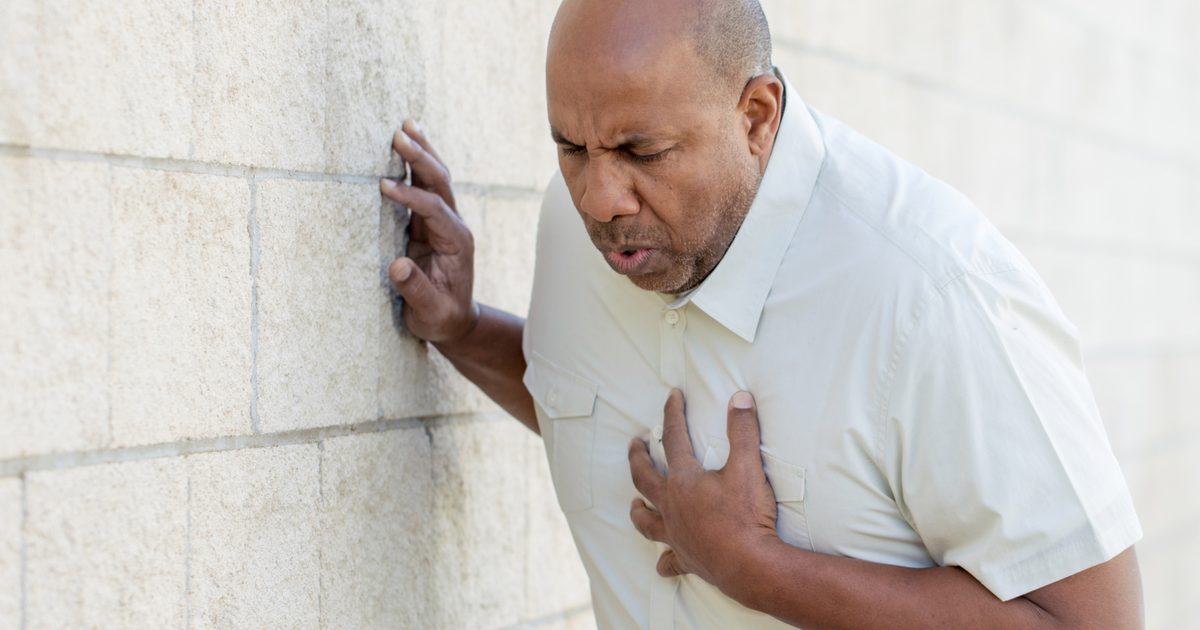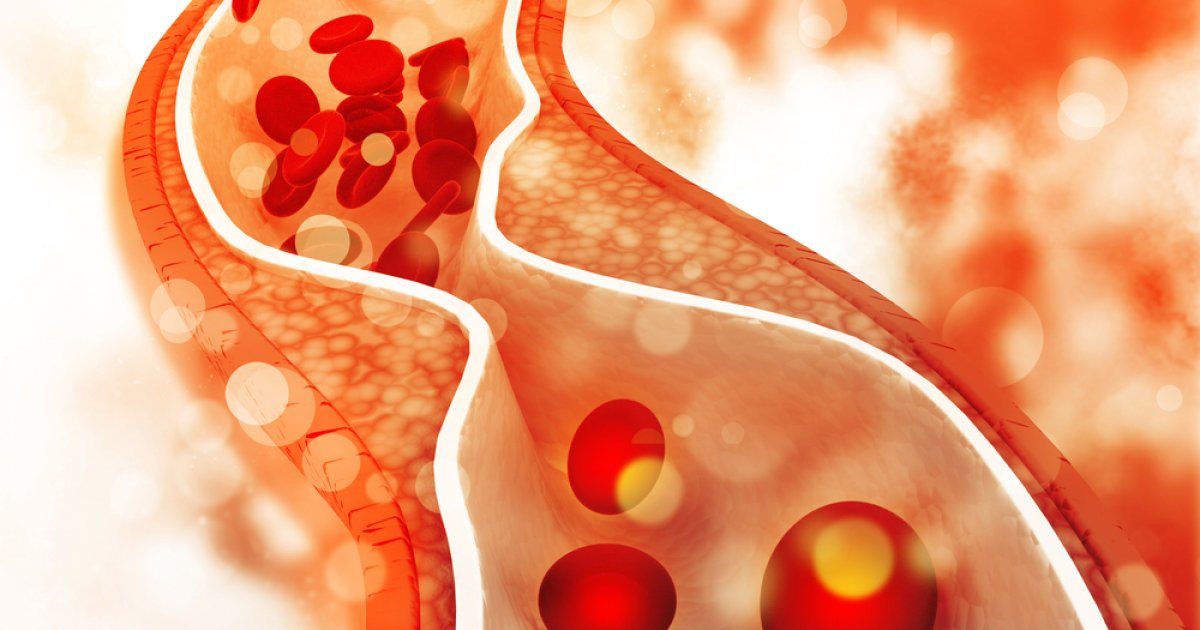Common Symptoms Of Hyperlipidemia
Formation Of Blood Clots
If circulation is not at its peak, blood clots can form. Blood naturally begins to clot once it slows down due to the presence of fibrin and platelets, which work together to make a clot. This is a good thing when a cut happens because the body can clot the blood and seal off the wound to prevent blood loss. It is not good, however, when the blood starts to pool in the enlarged heart, which has grown in size to fight against increased blood pressure. Another place that can form blood clots is within the deep veins of a leg, which is also known as deep vein thrombosis. These clots may be stuck temporarily and grow in size, but they can break free and travel to the heart, lungs, or the brain. As clots become bigger and bigger, they can stop the life-giving flow of blood in the arteries and veins.
Reveal more common signs of hyperlipidemia now.
Chest Pain

Since hyperlipidemia makes it harder for blood to pump through the body, it puts more stress on the heart. As a result, one of the symptoms that can arise is chest pain or angina. Typically, chest pain will appear as a symptom when hyperlipidemia causes atherosclerosis or coronary heart disease. Atherosclerosis is a condition that develops when plaque builds in the arteries. The plaque that builds up is made of a combination of calcium, fat, cholesterol, and similar substances found in the blood. As atherosclerosis progresses, the plaque will harden and narrow the arteries.
Both coronary heart disease and atherosclerosis make the heart and blood vessels work harder, hence experiencing angina. Angina, while it is not a pleasant experience, serves as an important warning sign to another symptom of hyperlipidemia, which is coming next.
